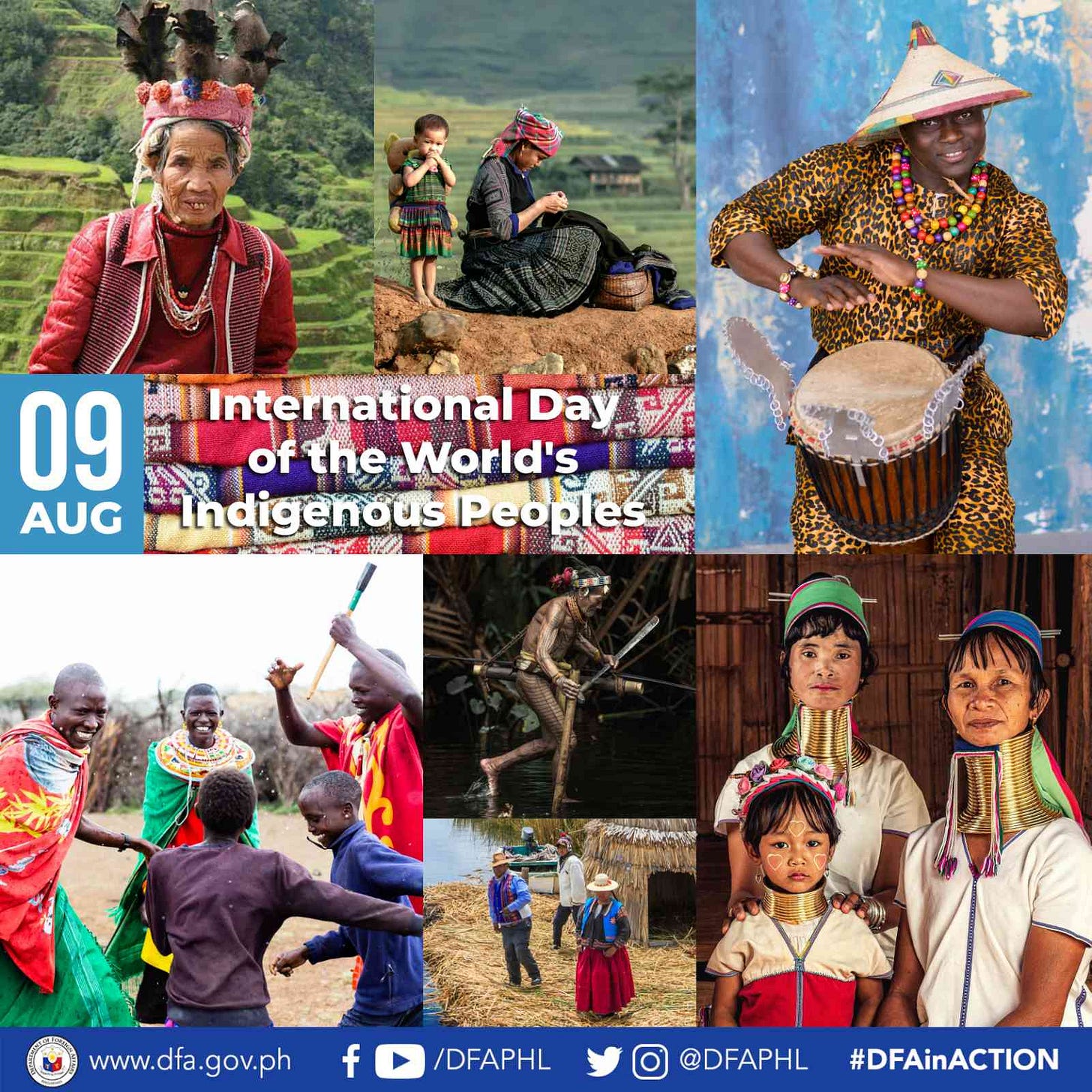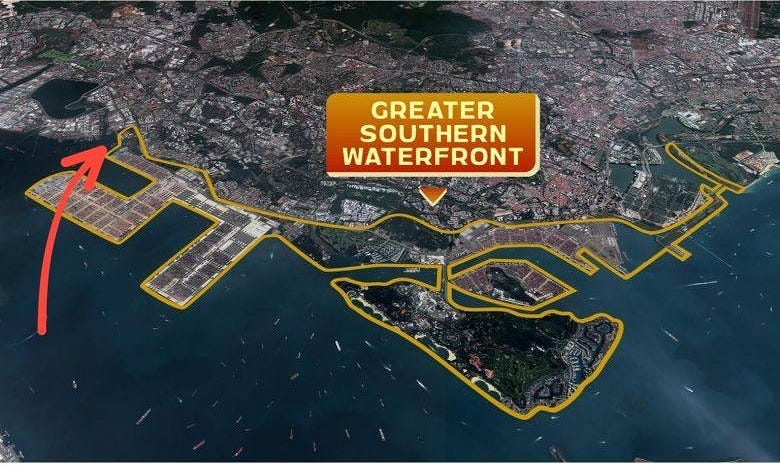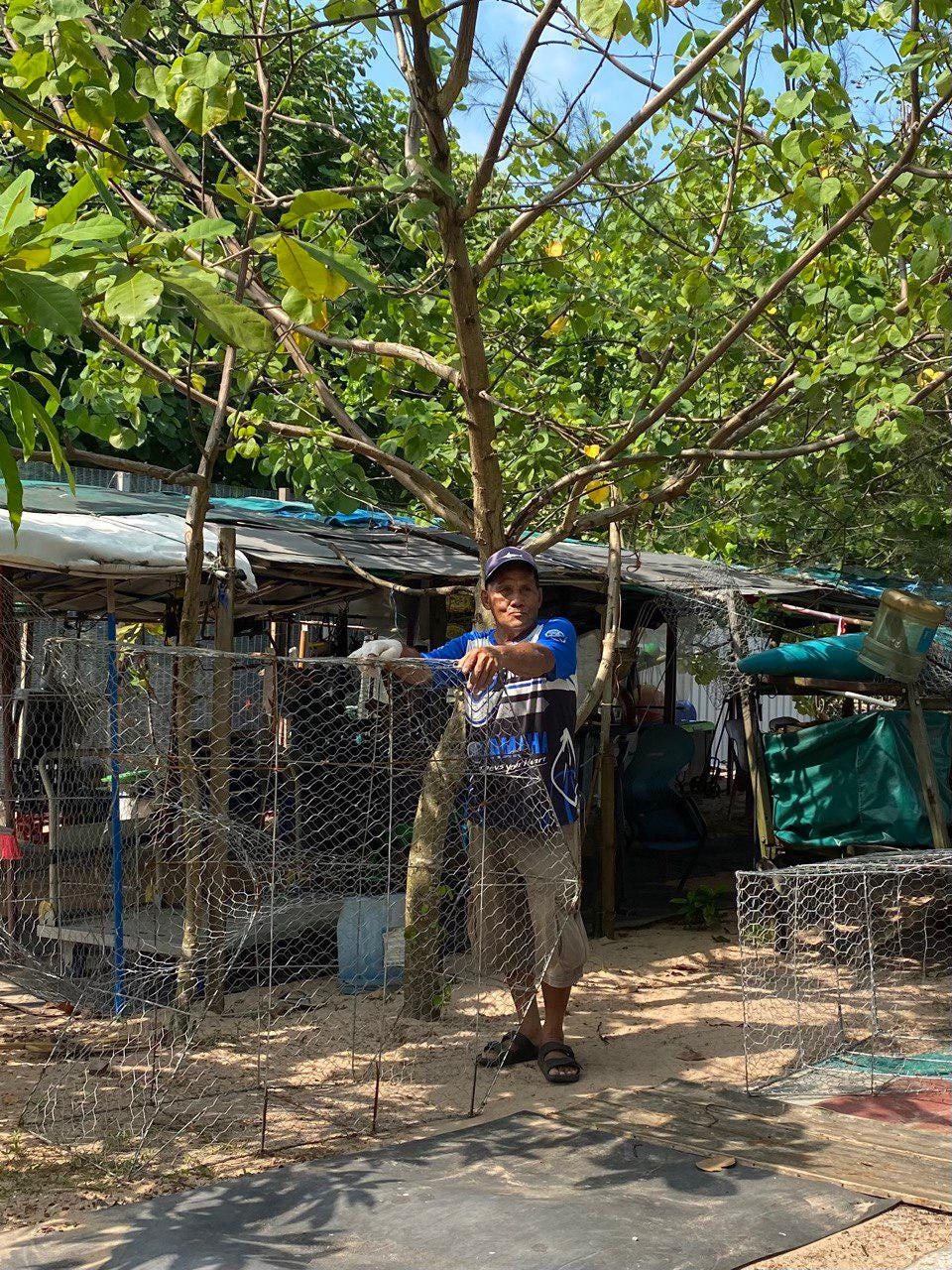Hello everyone,
Last month, on the 9th of August, Singapore celebrated its 59th National Day at the Padang. 2024 marks a “refreshed Singaporean Dream”, where our new Prime Minister, Lawrence Wong, delivered his 1st National Day Rally speech since taking over Lee Hsien Loong as Prime Minister this year. Coincidentally, the 9th of August is also the International Day of the World’s Indigenous Peoples. International Indigenous Day is celebrated globally to commemorate the native peoples of the land - in raising awareness, research and education, and respecting their rights.
Our Southeast Asian neighbours have preserved a rich tapestry of history and culture, making headway in acknowledging the rights of indigenous peoples. While the Philippines celebrated Indigenous Day on the 9th of August as a national holiday, with many schools performing Indigenous dance performances, several communities of Malaysia organised a Hari Raya (big or grand day of rejoicing) for Indigenous Day, such as in this Orang Asli community in Sungai Endau, north of Johor.
There is also a growing repository of research on tribal communities in Southeast Asia, also referred to as ethnic minorities. Indonesia has long recognised the names and existence of indigenous peoples, facilitated by a Population Census in 2000.



However, while our neighbours have enshrined the legacy that precedes the modern era, in Singapore, there is room for growth in recognising the indigenous history and cultural significance of Singapore’s natives.
The clearest imaginations of Singapore’s origins date back to the 1800s, when Raffles arrived in Singapore. General education in schools, textbooks and the national rhetoric has long celebrated Sir Thomas Stamford Raffles (1781-1826) as the founding father of modern Singapore.
Prior to that, many Singaporeans may have had a “muddy” idea of pre-colonial Singapore - characterising Singapore as a “muddy swamp” or a “little fishing village”. This narrative has long overshadowed the rich history of the Sumatran and Javanese empires that goes back to the 12th century.
A living piece of Singapore’s history and maritime culture still stands today. At West Coast Park, the community members of Orang Laut/Pulau reside in a restricted community space with their sampans. The small space is the last remaining space for community members to practice their maritime crafts and exchange Indigenous knowledge passed down from generations of coastal dwellers, and it is a far cry from their legacy in the 1200s.
The Orang Laut were a historically pivotal force in the Malacca sea straits, establishing Singapore’s maritime legacy. They played a crucial role in the sea navy of the Srivijaya Empire, with Sang Nila Utama being just one of the many princes who relied on their command of the seas. As early as the 1200s, the Orang Laut navigated these waters, establishing the foundations of what would later become modern Singapore.
The pivotal National Day Rally speech by PM Lawrence Wong drew attention to plans to remake the southern coast of Singapore’s main island. The Greater Southern Waterfront, which stretches from Gardens by the Bay East all the way to Pasir Panjang, will develop housing projects, new attractions, and offices. Five identity corridors are also proposed to strengthen the identity of distinctive places and safeguard the nation's heritage.
From the image illustrations of the Greater Southern Waterfront, it seems like our last community space, which is located on the edge of development plans, may be part of this development. While this is unclear, it is uncertain what this means for the future of the Orang Laut/Pulau community and heritage. However, we remain hopeful.

What we hope for: The small beach at West Coast Park remains one of the significant places left for our community. Development plans and the five identity corridors can be done with direct consideration or consultation with the remaining members of the Orang Laut/Pulau community so that genuine and authentic heritage is represented and the development of more heritage spaces so that our community can continue to thrive.
Additionally, the recently announced Kallang Alive Masterplan, which seeks to strengthen sporting culture, could even consider celebrating Kallang’s rich history, such as bringing the memories of Kampong Kuchai alive. Hearing from the lived experiences of members of Kampong Kuchai, many of whom are still around today, would pay homage to our past, and a greater sense of rootedness and identity may be established for Singaporeans.
Moreover, the Kallang Alive Masterplan could revive Singapore’s forgotten heritage of water sports, such as bringing kolek racing to Kallang. Kolek racing was around for hundreds of years, pre-colonial times. The old kampong water sport would be a festival for islanders in Riau, Johor and Singapore waters to celebrate and compete. A few kilometres away in the Riau Islands, this tradition has been revived by Singaporeans who seek to bring this back into our waterscapes.

As our country’s landscape continues to evolve and change, let us put our people and our culture at the forefront of development, beyond measurable outcomes, to keep an authentic remnant of the Singapore Spirit alive.
This August, we have had many meaningful programmes with various educational institutions. We celebrated Singapore’s National Day with the students of Chua Chu Kang Secondary School, where we had the privilege of educating them about the lesser-known stories and practices of the Orang Laut, who lived along the Malacca Strait and Singapore for hundreds of years. Through interactive talks and sensory games, we transported the students back to a time when foraging for a variety of plants and gathering “siput-siput” (sea snails) were integral parts of daily life and sustenance.
We are also developing an educational programme in tandem with SUSS, under a module ‘Learning with Communities - Culture & Heritage’, where we are working with the students to activate our Heritage Garden, Tanah Dan Air, as an immersive community space for learning and sharing.
The folks at NUS Cities kindly invited us to the School of Design and Environment (SDE) Masters and Undergraduate students as a guest lecturer and a panel discussion alongside URA, where we shared some insights about the Orang Seletar, one of the active Indigenous groups in Malaysia (and originally in Singapore). We engaged in a fruitful dialogue with the panel on how urban planning in Singapore can interact with the coastal communities of Singapore and bring the lived experiences of the Southern Islanders to the forefront of developmental considerations. We are excited to see how the students conceptualise their imaginations in studios along the themes of developmental concerns and cultural preservation.

As we bid farewell to the month of August, Orang Laut SG would like to wish Singapore a Happy 59th National Day and Happy Indigenous Day!
Before you leave, we invite you to our latest event hosted at Atap Assembly, jointly organised by people behind The Black Sampan and EMCC on Sunday, 15 September 2024. Join us for a session about mental health, where we aim to unpack social stigmas over in-depth conversations, food, fun activities and friends. Book your seats below!







